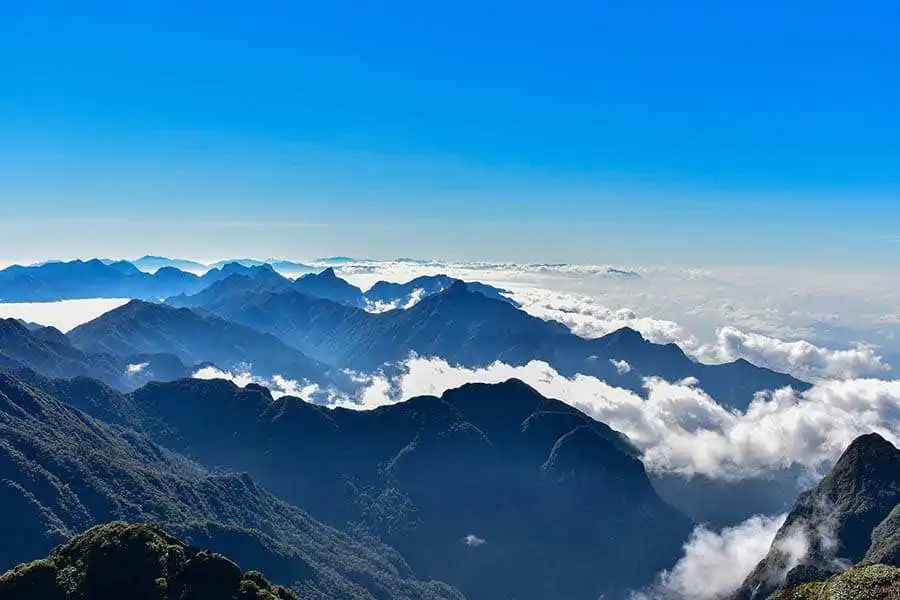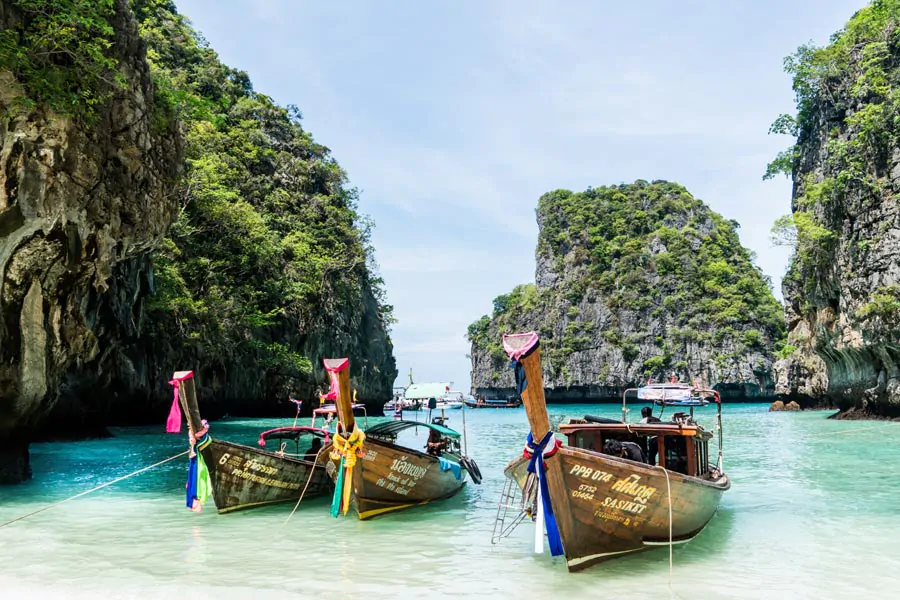The avid travelers know it’s always a good idea to check the weather of the country they’re about to visit. After all, a good vacation and trip relies a lot on the possibility to check out interesting sights. No one would like to spend their entire trip in the hotel room while the rain pours down. So let’s examine the most important characteristics of weather in Vietnam.
All You Need To Know About Weather In Vietnam
There is an old saying that says bad luck is the wrecker of the best laid plans. When it comes to going on a vacation, bad luck is usually bad weather. Of all the planning that you could do, the knowledge and inclusion of weather factor into the plan, is paramount. If you have any experience at all with travelling and touring, you know this already. If not, you know about it now.
With that introduction, let us share some general info about weather in Vietnam. Use this information to plan your vacation.
Geographical Location
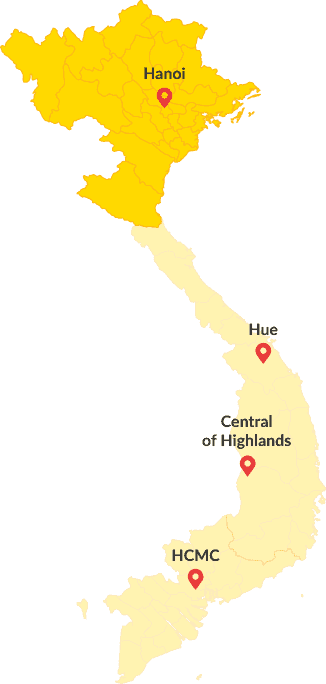
The exact location of a particular country on the world map has a bearing on the weather the country experiences. Vietnam is located between the degrees of 9 and 23 above the equator. This is the region that is usually referred to as having two types of climate – tropical and subtropical. While this is one way of looking at the weather type, it must be noted here that the country is long along the axis.
As a result of this length, different parts of the country experiences different types of weather even in the same month. For instance, it could be raining in one part of Vietnam while you are touring. If you were to travel to the other edge of the country, it could be a sunny day. It is that kind of weather that characterizes the country.
Speaking of geographic locations, we also need to address the common misconception about Vietnam weather depicted in popular culture. It could be a romantic drama, comedies or the dozens of Vietnam War movies, this country is almost always depicted as damp. The immediate picture you will get is that of umbrellas, flowing roads and heavy rainfall.
It is true that the country experiences heavy rainfall, but that is no different than rainfall that any other country would experience. The country is ready to welcome tourists and the weather can be unpredictable it is, just like it is unpredictable in your own home country. Obviously, we want you to plan ahead so that weather will not spoil your plans. With that in mind, the country can be divided into three regions based on weather. Use this weather information and match that with the place you are planning to tour.
Northern Vietnam
Northern Vietnam is most likely the place where you will begin your vacation. This I because, Hanoi, the capital of the country is located in this region. This region is also the home to Hoang Lien Son Mountains, where you will be heading for an adventure tour. As a general rule, this part of the country is cooler than the other regions you will read about below.

This region has only two seasons – winter and summer. Winter starts in the month of November and lasts up to March. Summer begins in the month of May and goes on till October. April will be the month of transition. As the month progresses, the weather will get warmer and warmer until summer is glowing at full strength.
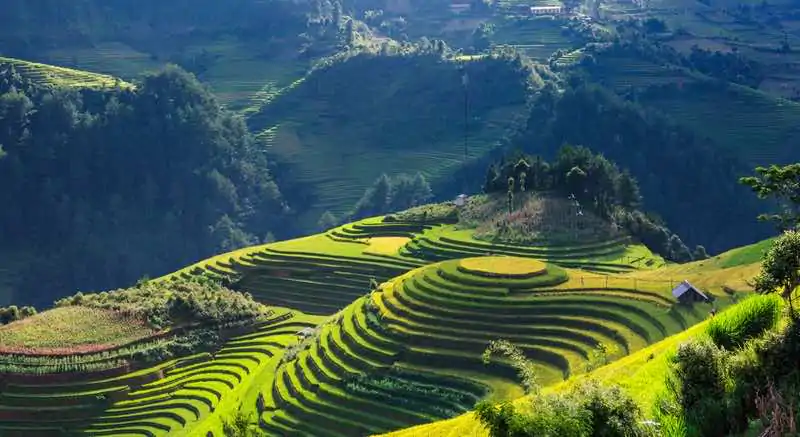
You would be interested to find out the temperatures during winter and summer. The average temperature experienced by this region during winter would be around 17 degrees. Of course, there are extremes such as 5 degrees. This is especially true in the hilly regions, like the city of Sapa. Summer temperatures hover around 30 degrees. As with the colder months, summer temperatures can soar up to 37 degrees in the capital city. The months with the highest degrees of temperature will be June and July.
Travel advice based on this weather information is to plan your trips focused on this part of Vietnam in the months of April to June. These are the months when the winter is getting less severe and the summer is just warming up. That way, you will be able to enjoy the finest weather that Northern Vietnam has to offer. This is especially true if you are looking to have an adventure vacation where you will be spending most of your time outside hotel rooms.
The general season of summer is also a good option to travel to this part of the country. The only problem though, is the humidity. Vietnam is a coastal nation. Things can get pretty humid around here, as the summer progresses. If you are coming in from a city or town that is already humid and hot, you just might be able to brush it off. However, if you have not lived in humid conditions, summer is not the time to choose.
Central Vietnam
Central Vietnam weather, like its geographical position is neither north nor south. It is a mix of both the North Vietnam weather and the South Vietnam weather. The central Vietnam itself is divided further into two parts. There are the coastlines on either side of the central Vietnam. Then, there are the mountains that are at the center part of the Vietnam.
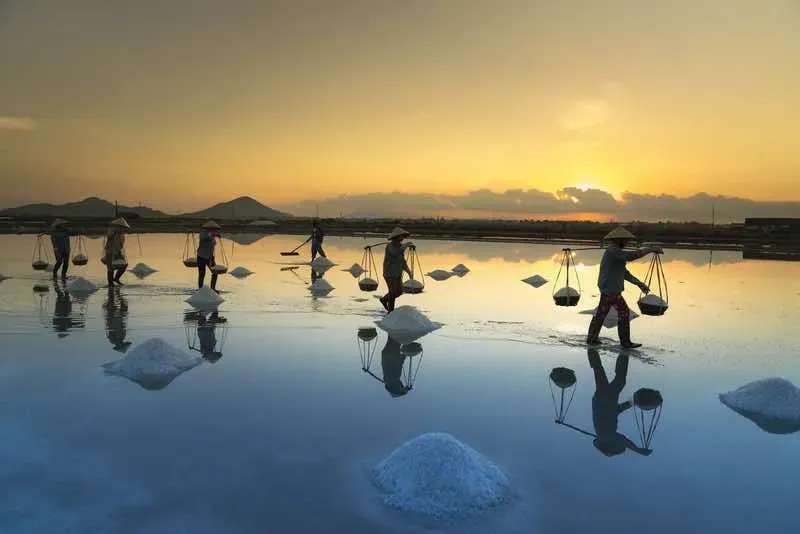
Both of these regions experience different types of weather, so we will tell you about them separately. The coastline experiences the summer season from May to October. During this time, the temperature rises and so does the humidity. With the coastline so close, the humidity is much more than what you will find in the northern and southern Vietnam. The winter is from November to April and can get really cold.
While this is the weather in the coastal line, the weather in the mountains follow an opposite pattern. Weather actually gets better at the mountains during summer as well as winter. During winters, it is not too cold and during the summer, it is not too hot. To quickly summarize, whatever weather you would find in the coastal line, a better version of it will be at the mountains.
There are some cities in the middle of the central Vietnam where the weather remains the same throughout the year. These cities are Pleiku and Dalat. If you are looking for something that has similar, no weather variation cities along the coastal line, those will be Nha Trang and Phan Thiet.
Southern Vietnam
You might have noticed that Central Vietnam has both warmer and colder regions. Northern Vietnam is the colder region and hence, Central region is the warmer region. In fact, southern Vietnam is going to have warmer temperature throughout the year. As is standard with Vietnam, there are two seasons here – summer and winter. Between May and November, it is the winter season. During the wet season, you can pretty much expect to walk in the rain every day. Hence, floods are a common occurrence, just like the rain.

That means, you won’t be able to visit most parts of South Vietnam during winter. With the rain and the floods, it’s almost impossible to travel through the cities in this part of the country. That would mean, if your tour plan has a lot of South Vietnam cities in the plan, you will have to travel during the dry season. That would be the months from December to April. These are the best months to travel because the rains aren’t going to be there and summer is just warm enough.
Planning Around the Weather
One thing that is clear from the above weather explanation is that Vietnam has wide ranging weathers. Even within a particular region, like Central Vietnam there are weather variations. Even within these vagaries, the months from January to March are the months of summer, with no rainfall. Hence, this is the best time to visit Vietnam. You don’t have to battle through heavy rainfall or floods. Nor do you have to worry too much about which region is experiencing what kind of weather.
That is obviously good news. The bad news is that, this is also the time when the local tourism attendance increases multiple fold. If you were to visit the country during this time, you will have to handle large crowds pretty much wherever you go. This is also the time of the year when international tourism is also at its peak. Overall, if you don’t mind the large number of folks vacationing, you will be just fine.
If you want to take in the sights little more, travel in leisure and also lower prices, travel between April and December. During these times, you will need to keep an eye on the weather report. Also, be flexible with your vacation. Expect some last minute cancellations with the travel services as well as delays in the plan. Don’t forget that, there will be less crowd. That means, less customers for the local businesses and you will be able to get a better deal.
All said and done, don’t forget that we organize vacations throughout the year. Our staff has been accustomed to handle all the vagaries of weather that Vietnam has to offer. You could decide to come vacation with us in the best months (January to March) or the worst months (October to December) you can depend on us to deliver the goods.
 Editor team
Editor team January 25, 2019
January 25, 2019 Vietnam
Vietnam
 1109
1109 YOU MAY ALSO LIKE
YOU MAY ALSO LIKE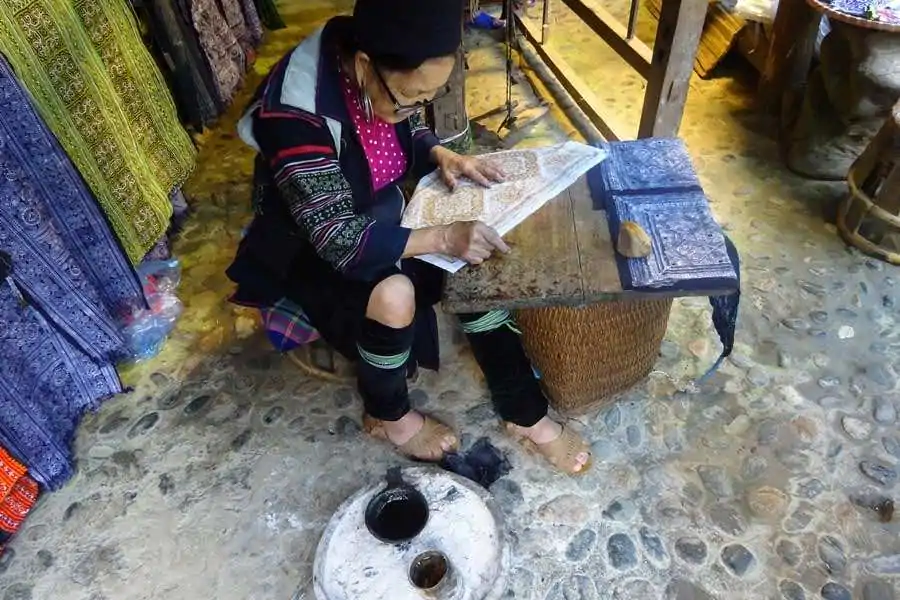
 read more
read more